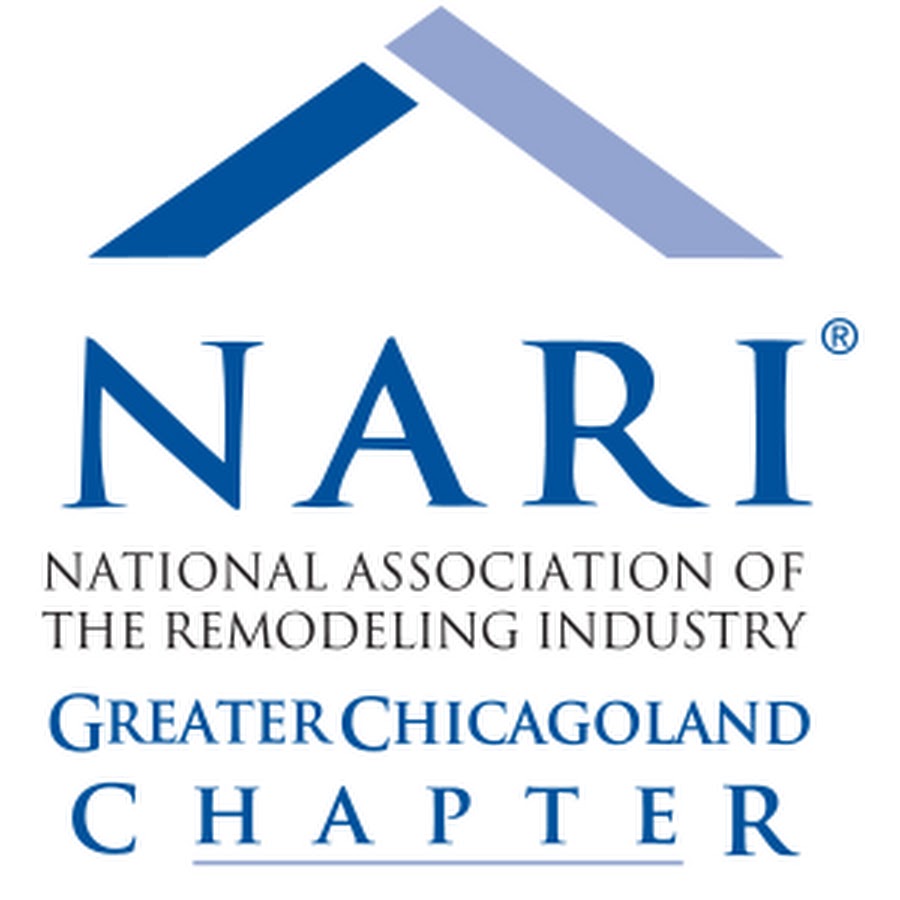
More and more people plan to stay in their homes as they grow older as this kind of living arrangement allows them to live independently and comfortably. If this also appeals to you, you must take extra care in creating a floor plan that aligns with your evolving needs and preferences. That said, there is no one-size-fits-all approach to this type of home remodel. Continue reading to learn more about the features that you should incorporate into your floor plan for your accessible remodeling project.
Open-Concept Living
An open-concept layout is a fundamental component of an accessibility-focused floor plan. By removing walls and barriers between living, dining, and kitchen spaces, you can seamlessly move throughout your living spaces and reduce the risk of tripping.
An open floor plan also creates a sense of spaciousness, benefiting both mobility and visual appeal. Individuals can easily navigate from one area to another, whether using mobility aids or not. This design also facilitates social interactions, enabling occupants to engage in conversations and activities without being confined to specific rooms.
Single-Level Living
Opting for a one-story floor plan ensures every room is on the same level, eliminating the need to traverse stairs daily. This choice is especially beneficial for individuals with limited mobility or those using wheelchairs, allowing them to move freely without encountering barriers.
Furthermore, a single-level layout simplifies home maintenance and cleaning tasks, reducing the strain of navigating staircases. This design consideration promotes independence; individuals can easily access all areas of their homes without relying on assistance or worrying about climbing stairs.
Wide Hallways and Doorways
Incorporating wider hallways and doorways accommodates individuals using mobility devices such as wheelchairs or walkers. This design feature ensures that occupants can move comfortably without feeling confined or hindered by narrow passages.
Wide doorways also promote a sense of openness, making the space feel less restrictive and more welcoming. They also benefit those with mobility challenges and help facilitate the movement of furniture and large items throughout the home, further making your humble abode adaptable to your changing needs.
First-Floor Master Suite
Placing the master bedroom on the first floor offers both convenience and privacy. It eliminates the need to navigate stairs multiple times daily, allowing you to maintain independence and reduce the risk of falls.
Additionally, a first-floor master suite provides a retreat-like environment, where you can rest and rejuvenate without needing to access upper levels. This design choice considers the potential challenges of mobility that can arise with age, ensuring that the most frequently used space in the home remains easily accessible and functional.
Zero-Step Entry
A zero-step entryway provides a smooth and obstacle-free transition from the exterior to the interior. This design element ensures that individuals with mobility aids can enter and exit the home effortlessly. It also eliminates the need for ramps or lifts, creating an inclusive and inviting entrance that doesn’t compromise the home’s aesthetics.
A zero-step entry enhances the home’s curb appeal, welcoming all visitors, regardless of their mobility status. This feature not only addresses immediate accessibility needs but also contributes to a future-proofed living space that can adapt to changing requirements.
Let’s Start a Conversation!
DreamMaker Bath & Kitchen of Orland Park is a general contractor near you that creates accessible and stylish living spaces. Call us at (708) 578-6832 or visit our contact page to schedule a consultation or request a bathroom quote. We currently serve homeowners in Frankfort, Mokena, New Lenox, Homer Glen, Lemont, Palos Park and surrounding communities.








